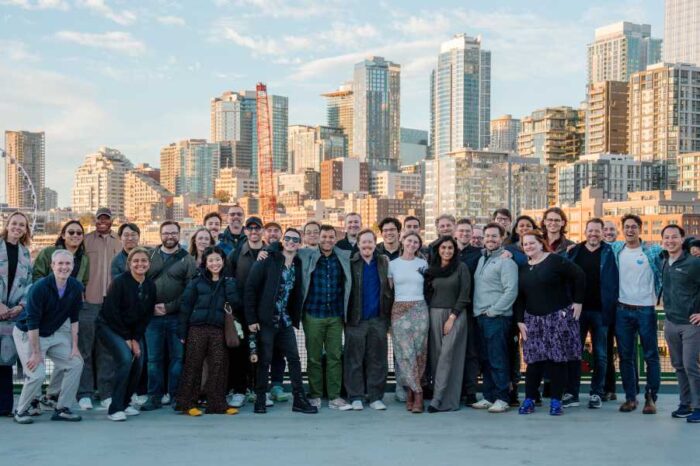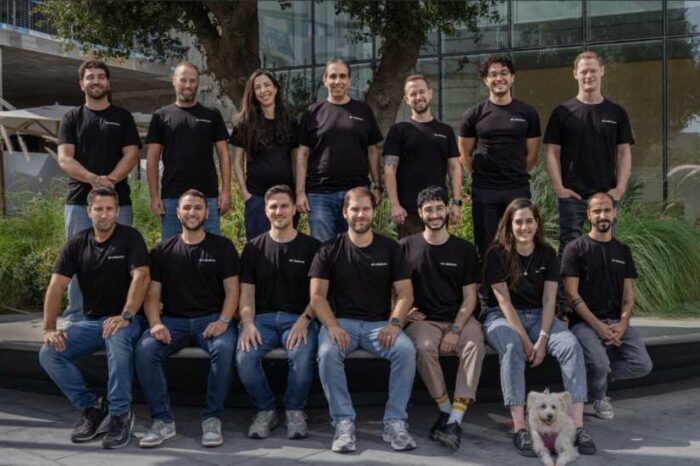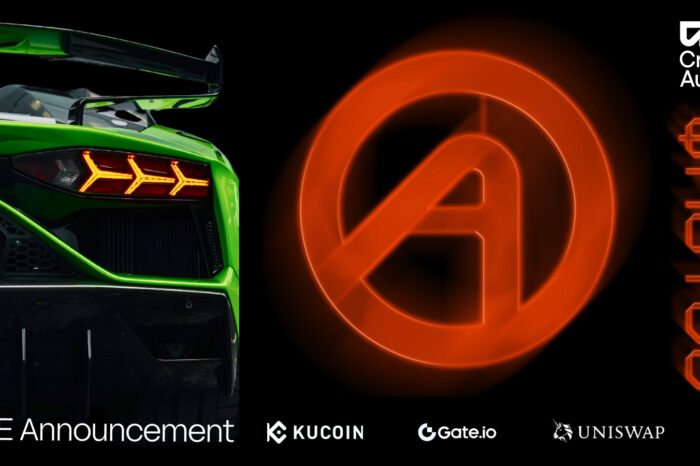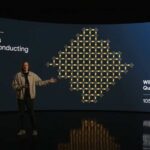Google unveils Willow: Breakthrough quantum chip that solves 10 septillion-year (10^25-year) problem in under 5 minutes
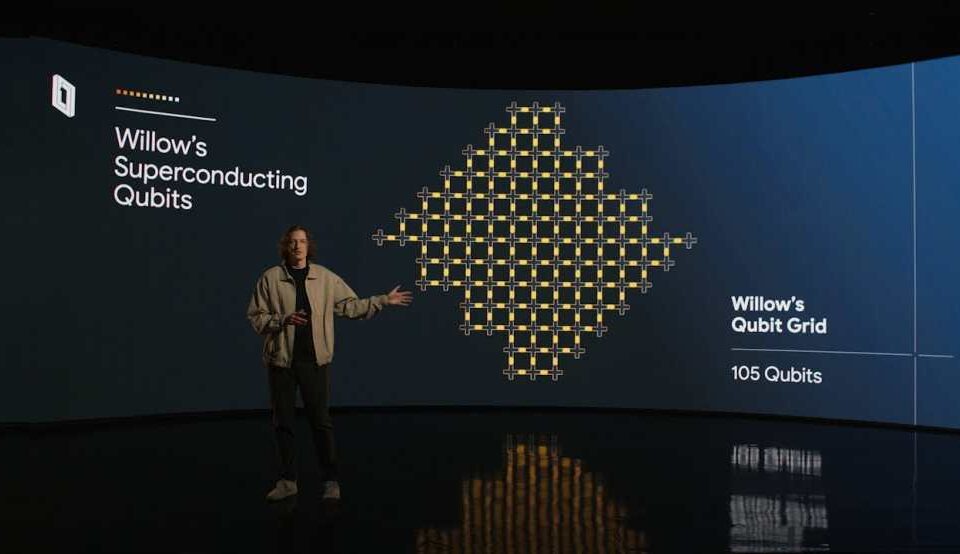
Google has unveiled Willow, its latest quantum chip, marking a significant leap in quantum computing. This breakthrough chip addresses one of the field’s biggest hurdles: reducing errors as systems scale up. With Willow, Google claims to have solved a 30-year challenge in quantum error correction.
In testing, Willow demonstrated extraordinary capabilities. It completed a standard computation in under five minutes—a task that would take a leading supercomputer an inconceivable 10 septillion years (10^25 years), far beyond the age of the universe, or 3.17×1017 times the age of the universe. According to Google, Willow achieves state-of-the-art performance across several key metrics, delivering two major milestones.
Google CEO Sundar Pichai also took to social media to announce the launch. “Willow solved a standard computation in <5 mins that would take a leading supercomputer over 10^25 years, far beyond the age of the universe(!),” Sundar said on X.
Introducing Willow, our new state-of-the-art quantum computing chip with a breakthrough that can reduce errors exponentially as we scale up using more qubits, cracking a 30-year challenge in the field. In benchmark tests, Willow solved a standard computation in <5 mins that would…
— Sundar Pichai (@sundarpichai) December 9, 2024
Cracking a 30-Year Challenge in Quantum Error Correction
Quantum error correction has long been a stumbling block for the field. As quantum computers grow in size, errors typically multiply due to qubits’ inherent instability. Willow changes the game by reducing errors exponentially as the number of qubits increases. This achievement is referred to as “below threshold,” a critical benchmark demonstrating that error rates can be lowered while scaling up the system.
Google’s team tested Willow across progressively larger arrays of qubits, from a 3×3 grid to 5×5 and then 7×7. Each time, advanced error correction techniques cut the error rate in half, achieving exponential improvements. This marks a historic step forward, validating theories proposed nearly three decades ago.
Beyond error correction, Willow showcases real-time error management on a superconducting quantum system. The chip also demonstrated “beyond breakeven” performance, where arrays of qubits outlive the lifespan of individual physical qubits—strong evidence that the overall system is becoming more reliable.
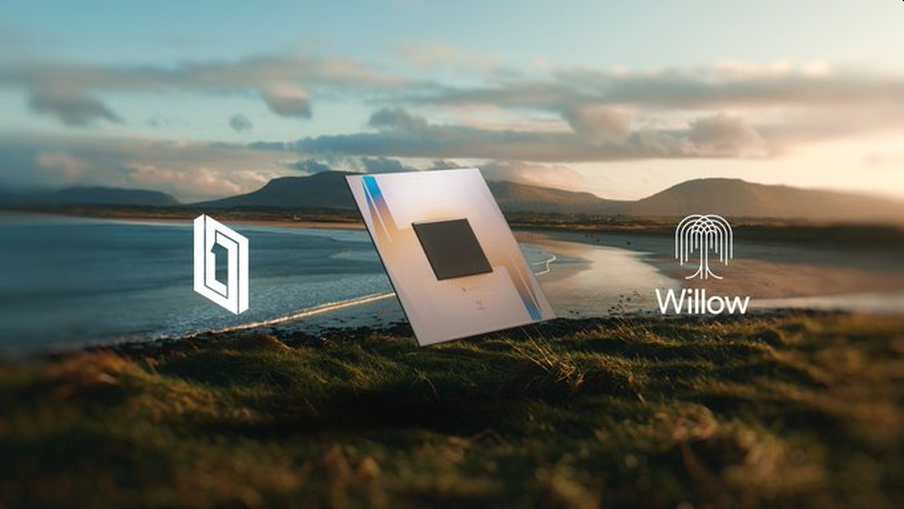
To measure Willow’s performance, Google used the random circuit sampling (RCS) benchmark, a rigorous standard for evaluating quantum computers. This benchmark ensures the system performs tasks that classical computers cannot. Willow not only passed this test but delivered results that were orders of magnitude faster than any classical alternative.
Willow Quantum Chip Solves 10 Septillion-Year Problem in Under 5 Minutes
Specifically, Willow completed a computation in less than five minutes that would take a supercomputer like Frontier an unfathomable 10 septillion years. Such a vast number is difficult to contextualize—it surpasses the age of the universe and suggests quantum computation might operate across parallel dimensions, aligning with theories of a multiverse. In a blog post, Google said:
“Willow’s performance on this benchmark is astonishing: It performed a computation in under five minutes that would take one of today’s fastest supercomputers 1025 or 10 septillion years. If you want to write it out, it’s 10,000,000,000,000,000,000,000,000 years. This mind-boggling number exceeds known timescales in physics and vastly exceeds the age of the universe. It lends credence to the notion that quantum computation occurs in many parallel universes, in line with the idea that we live in a multiverse, a prediction first made by David Deutsch.”
The latest results for Willow, as shown in the plot, represent Google’s best performance to date, with further progress anticipated.
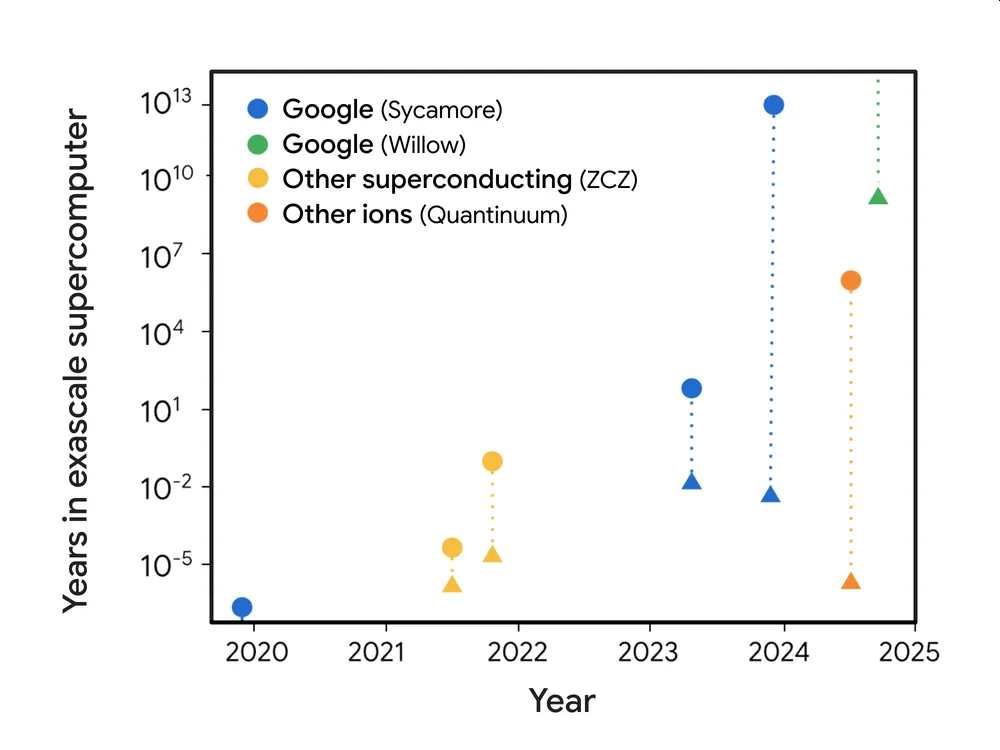
Computational costs are heavily influenced by available memory. Our estimates therefore consider a range of scenarios, from an ideal situation with unlimited memory (▲) to a more practical, embarrassingly parallelizable implementation on GPUs (⬤).
While Willow’s achievements are groundbreaking, Google isn’t stopping here. The company acknowledges that classical computers will continue to improve, but the gap between quantum and classical systems is growing exponentially. As Google scales up its quantum systems, Willow’s success strengthens the case for quantum computing’s practical applications, bringing society closer to solving problems that classical systems could never tackle.
This is more than a technical triumph—it’s a glimpse into a future where quantum computers may redefine what’s possible.
Below is a YouTube video of the launch.

